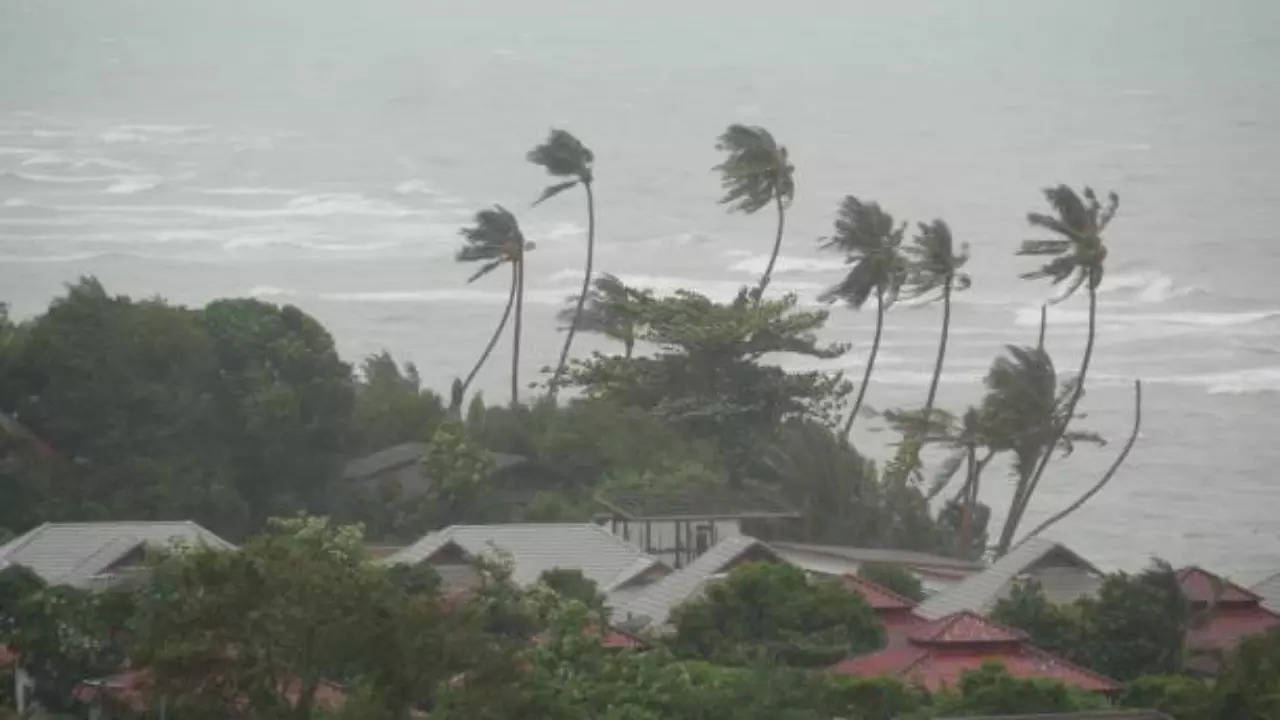What Is Cyclone Biparjoy And How It Got The Name? Explained
Cyclone Biparjoy intensified into an extremely severe cyclonic storm on Sunday. But what is cyclone Biparjoy and how it got the name?

Updated Jun 11, 2023 | 06:43 PM IST

Cyclone Biparjoy has now intensified into an extremely severe cyclonic storm. (Representational Image)
Photo : iStock
New Delhi: Very severe cyclonic storm Biparjoy intensified into an extremely severe cyclonic storm on Sunday morning.
Indian Meteorological Department (IMD) had earlier predicted the intensification.
According to IMD's latest update, ‘Biparjoy’ over the east-central Arabian Sea will cross Saurashtra-Kutch in Gujarat and adjoining Pakistan coasts around the afternoon of June 15. The impact, however, is expected to be the harshest in Gujarat where it will hit as a "very severe cyclonic storm (VSCS)".
What Is Cyclone Biparjoy And How It Got The Name?
What Is Cyclone Biparjoy?
The very severe cyclonic storm Biparjoy, which is also pronounced as Biporjoy, has now become an extremely severe cyclonic storm.
How Biparjoy Got Its Name?
The name 'Biparjoy' was coined by Bangladesh. The name 'Biparjoy' means disaster or calamity in Bengali. According to World Meteorological Organisation (WMO), each cyclone is recognised by alphabetical names given by the organisation. The names are provided by the member nations, and in the case of this cyclone, it was Bangladesh.
Why cyclones are given names?
According to World Meteorological Organisation, tropical cyclones can last for a week or more. Therefore there can be more than one cyclone at a time. Weather forecasters give each tropical cyclone a name to avoid confusion.
How these cyclones are named?
Usually, tropical cyclones are named according to the rules at regional level. In the Atlantic and in the Southern hemisphere (Indian ocean and South Pacific), tropical cyclones receive names in alphabetical order, and women and men's names are alternated, as per World Meteorological Organisation.
Nations in the Northern Indian ocean began using a new system for naming tropical cyclones in 2000; the names are listed alphabetically country wise, and are neutral gender wise.
The common rule is that the name list is proposed by the National Meteorological and Hydrological Services (NMHSs) of WMO Members of a specific region, and approved by the respective tropical cyclone regional bodies at their annual/biennual sessions.
End of Article
Videos





07:41
IMD Briefing On Cyclone Biparjoy | Gujarat & Mumbai On High Alert | Landfall Expected In 24 Hours

04:31
OnePlus 11R, Samsung Galaxy A54, Vivo V27 Pro: Best Smartphones Under Rs 40,000 | Gadget Times

03:50
Realme 11 Pro | Unboxing & First Impression | Gadget Times

05:00
Apple Vision Pro | Here’s everything you need to know | Features, Price, Release Date & More

11:44
Apple's WWDC Event|| Everything You Need To Know | Gadget Times












